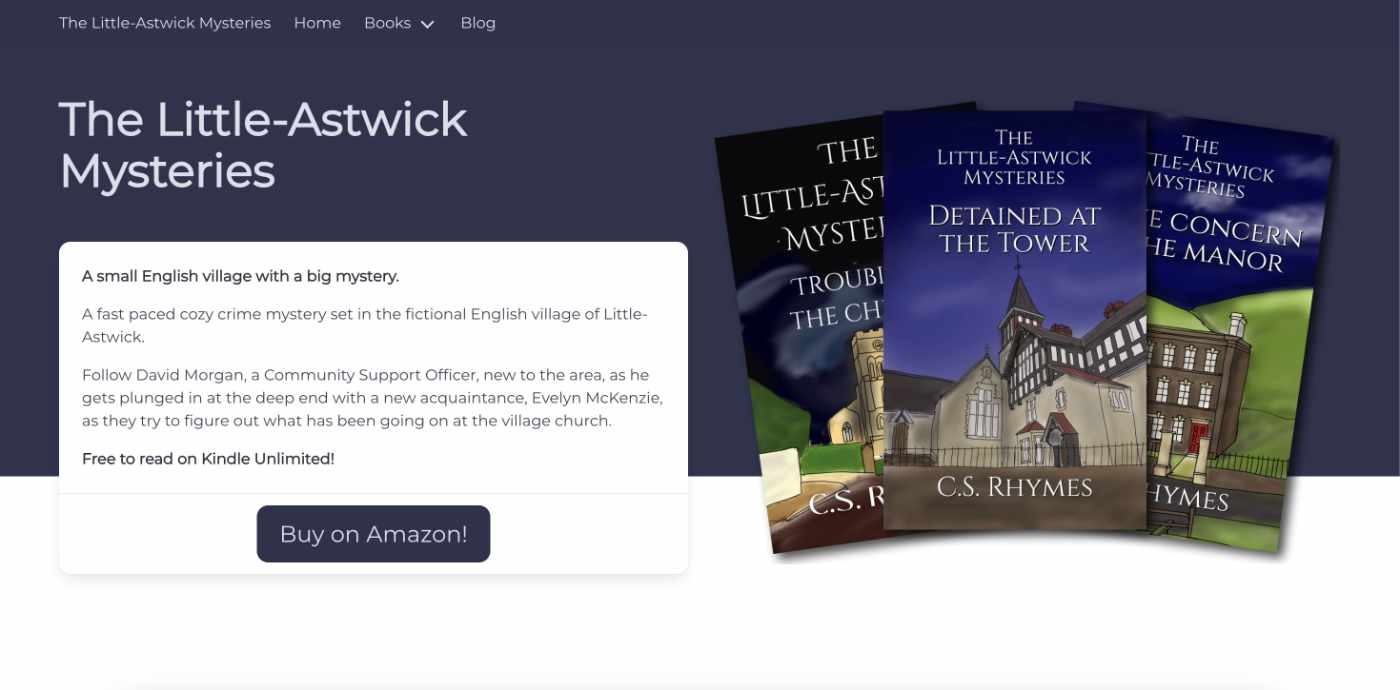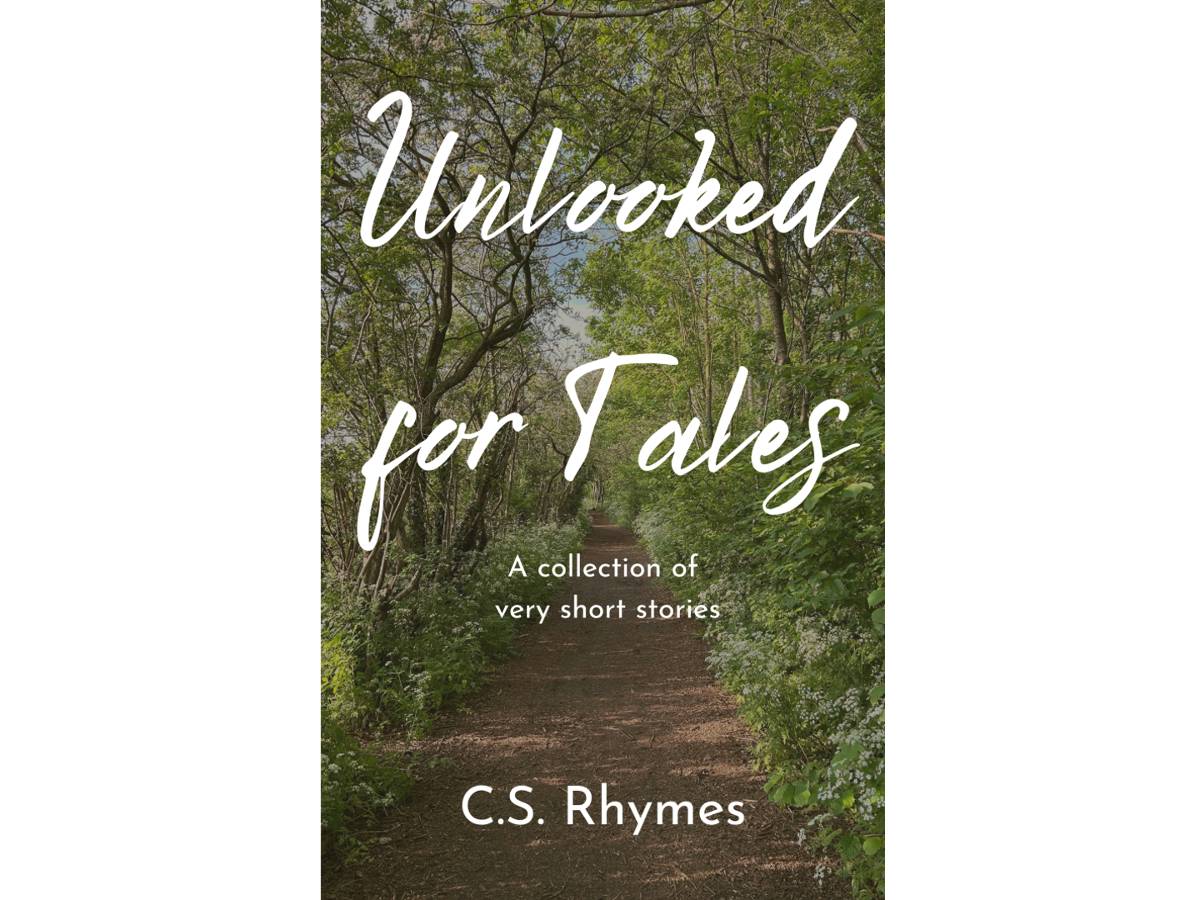We use cookies on this site to enhance your user experience
By clicking the Accept button, you agree to us doing so. More info on our cookie policy
We use cookies on this site to enhance your user experience
By clicking the Accept button, you agree to us doing so. More info on our cookie policy
Published: Apr 11, 2021 by C.S. Rhymes
Sometimes you need to get data out of your Laravel app so it can be analysed. There are many ways of doing this, such as exporting rows from the database, or using a package such as Laravel Excel, but this example will utilise Laravel Resource Collections.
In this example we are going to create an export of User information into Excel using Laravel Resource Collection and Spatie’s simple excel package. Laravel Resources are normally used to transform your data for use in an API, but you can also create an array from the resource for use in our export.
The users table has been updated so a user belongs to a company. The companies table has a name for the company in this example.
// App/Models/User.php
public function company()
{
return $this->belongsTo(\App\Models\Company::class, 'company_id', 'id');
}
To create the user resource we can use the artisan command:
php artisan make:resource UserResource
We can then specify the data we want to include for each user. We will add the name, email and the company name.
<?php
namespace App\Http\Resources;
use Illuminate\Http\Resources\Json\JsonResource;
class UserResource extends JsonResource
{
/**
* Transform the resource into an array.
*
* @param \Illuminate\Http\Request $request
* @return array
*/
public function toArray($request)
{
return [
'name' => $this->name,
'email' => $this->email,
'company' => $this->company->name,
];
}
}
When you return the UserResource it will provide you with a json response with the users within the data key. This is perfect for use with an API.
return UserResource::collection(User::get());
Each user is listed with their name, email and company. The keys are what we defined in the UserResource toArray() method so if we wanted to add additional data, for example such as a company phone number that is added in future, then we can update the UserResource and the results will be updated accordingly.
{
"data": [
{
"name": "Zechariah Olson DDS",
"email": "dreynolds@example.net",
"company": "Boyle Ltd"
}
]
}
We can modify this statement slightly to provide an array of just the user data we need without the data key by using the resolve() method.
return UserResource::collection(User::get())->resolve();
We can also update the query from User::get() to User::cursor() to return a lazy collection and help reduce the amount of memory when we have many users to export. Cursor allows us to only load the current model we are iterating over, rather than loading all models at once.
return UserResource::collection(User::cursor())->resolve();
Now we are ready to make use of the Simple Excel package from Spatie to convert our array into an Excel file.
composer require spatie/simple-excel
The simple excel package provides a writer to help us easily create an excel file using SimpleExcelWriter::create() but since the file could be very large if our Laravel app has numerous users we can use the SimpleExcelWriter::streamDownload() method instead to allow us to stream the download directly to the browser.
Once we have our writer instance we can add rows of data to the file using the ->addRows() method which expects an array. This is where we pass in our UserResource, with the resolve method so it is converted into an array.
Finally we add ->toBrowser() to return the response to the browser and allow the file to download.
// App/Controllers/UserController.php
public function export()
{
return SimpleExcelWriter::streamDownload('users-export.xlsx')
->addRows(
UserResource::collection(User::cursor())
->resolve()
)
->toBrowser();
}
Once you have created the resource you can reuse it as it was originally intended as an API response, but you could also use it with another Spatie package called array to xml to convert your array into an XML file instead of a CSV or Excel file.
Photo by Matt Bango from StockSnap
Share
Latest Posts

I’ve seen a few posts recently asking what other authors use for their website. There are many options available, but sometimes you just want a single page with links to your social media profiles and links to your books. This is where Bulma Clean Theme and GitHub pages can come to the rescue.

Building a modern website can sometimes lead you to be so far separated from the end result that is sent to the user. Developers can end up focusing on building sites with component based frontend frameworks, fetching data from APIs and installing hundreds of npm dependencies. We can become more interested in writing great code in their chosen programming language than what we serve to the website visitors. How did we get so far away from writing HTML?

When I launched my cozy mystery series, The Little-Astwick Mysteries, I decided to create a new website to promote it. But I made a few mistakes with SEO that have led to a few issues with Search Engine Optimisation (SEO). Here is how I fixed them.

Unlooked for Tales - a collection of short stories
By C.S. Rhymes
Free on Apple Books and Google Play Books

Nigel's Intranet Adventure
By C.S. Rhymes
From £0.99 or read for free on Kindle Unlimited!